Author: Christine Skirbunt
March is Women’s History Month and, while we sing the praises of an often-well-known repertoire of already famous woman, Women’s History Month includes the history of some lesser-known-but-no-less-important infamous women. Women who defied their times and stood their ground outside of traditional norms. Thus enter the English Highwaywomen. While highwaymen are among the most enduring figures of historical crime, often romanticized as dashing rascals who challenged authority and lived by their own rules, hidden within the shadows of these male bandits are the women who took to the roads with equal daring. These are the stories of three of those women.
Among them, Mary Frith, Katherine Ferrers, and Jenny Diver stand out, each carving a unique path through England’s turbulent past. Their stories unfold against the backdrop of the English Civil War and the heyday of highway robbery in the 17th and 18th centuries.
The Rise of the Highwayman
The phenomenon of highway robbery emerged as a significant threat in England during the late 16th century and flourished well into the 18th century. Economic turmoil, war, and shifting social structures created an environment where crime on the open road became increasingly common. The English Civil War (1642–1651) played a particularly crucial role, displacing many soldiers and nobles, who, finding themselves without money or employment, turned to highway robbery as a means of survival.
These robbers operated primarily on major roads connecting London with the rest of the country. Their targets were often wealthy travelers, merchants, and mail coaches carrying valuable goods. The nature of their crimes – bold and dangerous – led to a peculiar admiration from the public, who sometimes viewed them as rebellious heroes challenging an oppressive system.
Weapons of the Highwaywomen
Like their male counterparts, female highway robbers relied on weapons to intimidate and control their victims. The most common weapons included:
- Flintlock Pistols: These were the preferred choice due to their portability and effectiveness. However, being single-shot weapons meant a highwaywoman had to be quick or carry multiple pistols.
- Swords or Rapiers: Women like Mary Frith, who openly dressed as a man, were known to carry swords, both as a means of attack and as a statement of defiance.
- Daggers: Often concealed in clothing, daggers provided a last line of defense if a robbery turned violent.
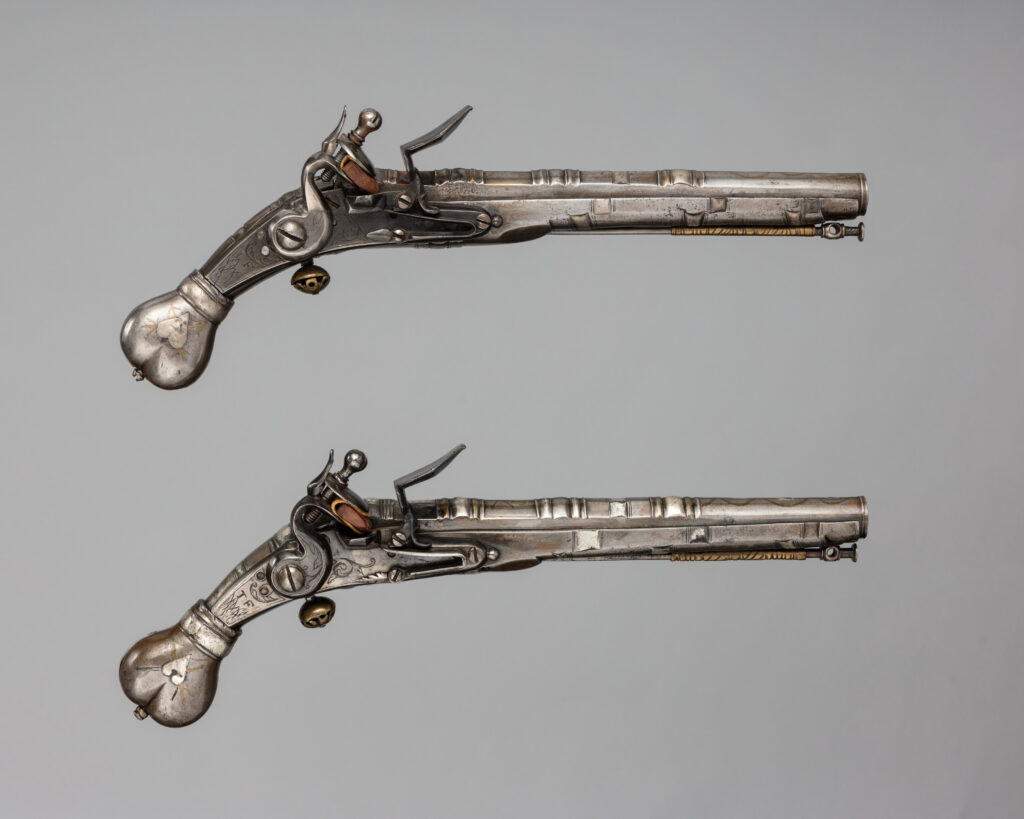
Mary Frith: The Original Rebel
Mary Frith (1589–1663), also known as “Moll Cutpurse,” was a larger-than-life figure in 17th-century England. Unlike the typical highway robber, Frith was not known for dramatic heists on horseback but rather for her remarkable defiance of gender norms and a total disregard for the law itself.
Born in London to a respectable shoemaker and his wife, Frith rebelled young against societal norms and in her teenage years she was dressing in men’s clothing: both a shocking and illegal act. Yet, she would not conform. She was a woman who wore men’s doublets, breeches, and boots. She drank, swore, and carried a sword, refusing to obey the societal expectations of femininity. She gained notoriety for her criminal activities, which included pickpocketing, fencing stolen goods, and, according to some accounts, participating in highway robberies.

Frith first gained notoriety as a pickpocket in London. Her nickname and later moniker of “Moll Cutpurse” came from her crimes. “Moll” was often used as a label for young women whose morals left a lot to be desired,” (McDonald, 2020). “Cutpurse” came from her skill at cutting purses from belts off her unsuspecting victims. From there she moved onto running an entire criminal enterprise as a fence and dealt in stolen property and black-market goods. Her unladylike behavior eventually led to several arrests but, due to her influence in the criminal world and the capital she had acquired, she always managed to avoid the punishments many of her male counterparts did not (i.e.: the gallows).
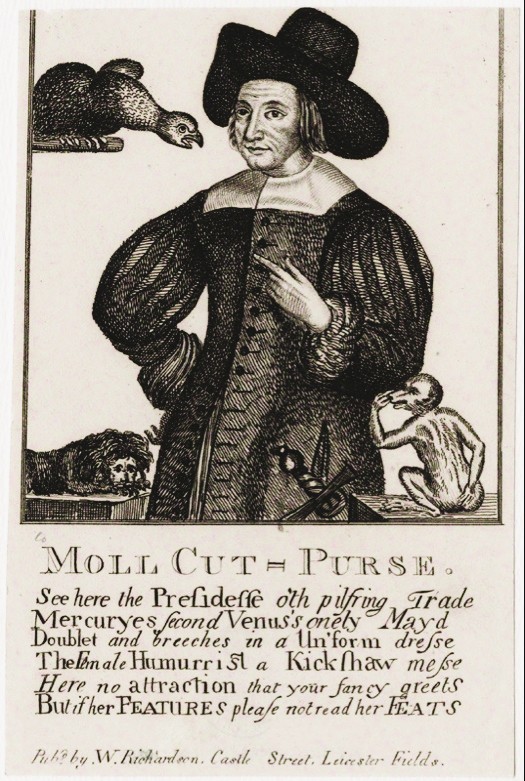
When dropsy (edema) set in at the age of 74, Frith took care of her own affairs before anyone else could. She gave money and personal items to friends and relatives and had herself laid to rest in St. Brigid’s churchyard.
Her story showcases a complex, cunning woman who bent society’s rules to her advantage. She lived a remarkably long life for both the period and her profession while knowing no one was going to give her the life she wanted so she built it herself without changing herself.
Katherine Ferrers: The Wicked Lady
A mysterious figure in English folklore, separating Katherine Ferrers’ life from fact and fiction has been difficult but that has not stopped centuries of speculation. Ferrers (1634–1660), often known as “The Wicked Lady,” was born into a noble but declining family who owned Markyate Cell Manor. Her family, staunch Royalists, struggled under Cromwell as he froze or seized anything belonging to monarchy supporters. The family’s fortune dwindled, and, at a young age, she was married to Thomas Fanshawe, another Royalist supporter, but the couple’s financial difficulties continued.
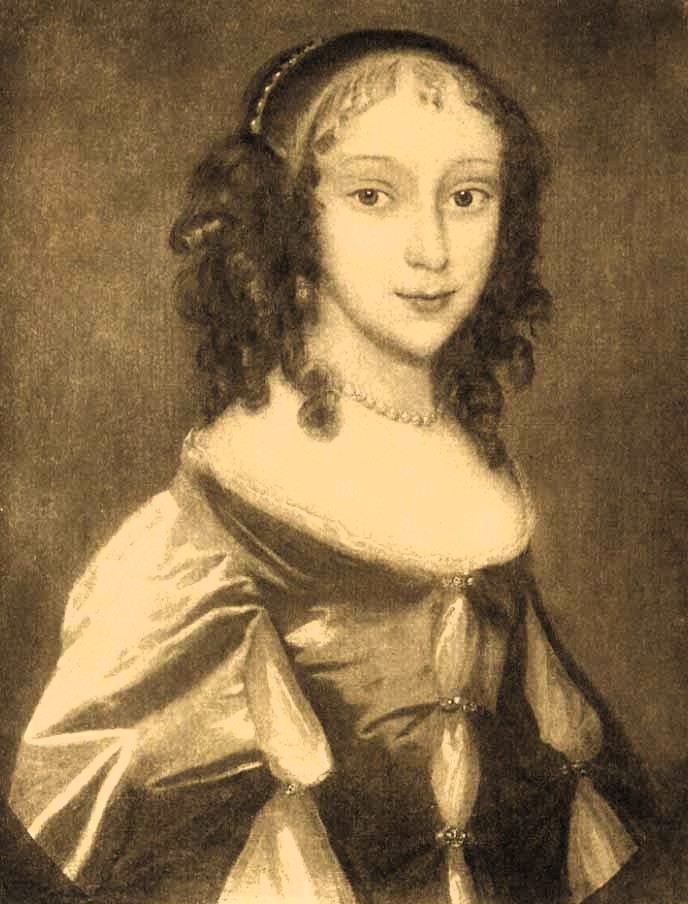
Here is where Ferrers’ story goes in two directions – the less sensational one being that she died in childbirth. But the other and more popular legend speculates that, desperate and angry, Ferrers would take a hidden passageway at night to a secret room that led outside where she disguised herself as a man and committed highway robberies to sustain herself and husband. Her exploits supposedly came to a tragic end when she was shot during a robbery and rode back to Markyate Cell Manor, where she died from her wounds. Supporting the latter theory is that centuries later a secret door that had been bricked over was discovered and did indeed lead to a small room which then also led outside.
Though historical evidence for Ferrers’ criminal career is scarce, the legend of the Wicked Lady persists, in part fueled by the rumor her spirit still haunts the manor riding a black horse. The story also inspired the 1945 film The Wicked Lady, starring Margaret Lockwood, which further cemented Ferrers’ status as a legendary highwaywoman and can be viewed free in its entirety below on YouTube.
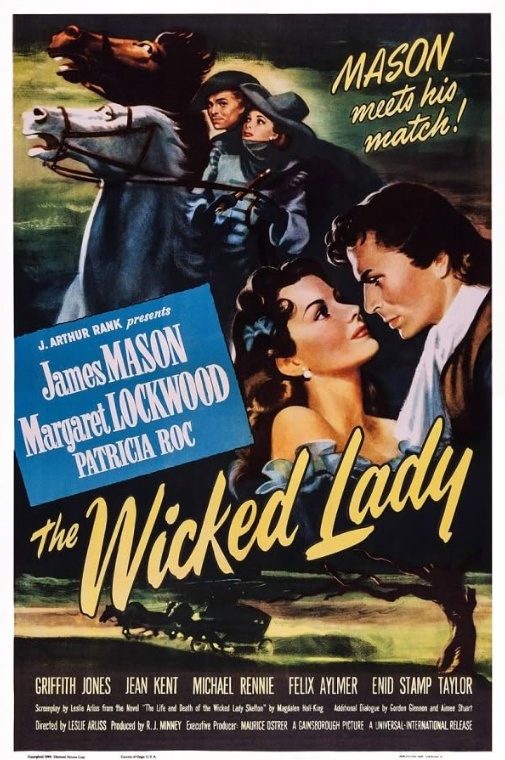
Jenny Diver: The Elegant Thief
Moving into the early 18th century, we find Jenny Diver (1700–1741), a woman whose approach to crime was far more refined than her predecessors. Born in Ireland as Mary Young, she was the illegitimate daughter of a servant girl who abandoned her at an early age. Diver went through a series of foster homes before an old woman adopted her and made certain Diver learned reading, writing, math, and sewing – all skills that would aid her in her future career. Diver later moved to London with the intention of becoming a seamstress but found her true talent lay in specialized and sophisticated theft, earning her nickname (“Diver”) because of her smooth and graceful movements when robbing.
But Diver was no ordinary street thief. She was known for her elegance, wit, and ability to imitate high society. She targeted wealthy individuals in both crowded public spaces and intimate soirees. While she may not have been a highway robber in the traditional sense, her ability to execute elaborate heists may place her in a tier above them as she was known to disguise herself as a gentlewoman who wore elegant gowns, fine jewelry, and powdered wigs to blend in with the elite before robbing her unsuspecting victims and vanishing back into the crowd.
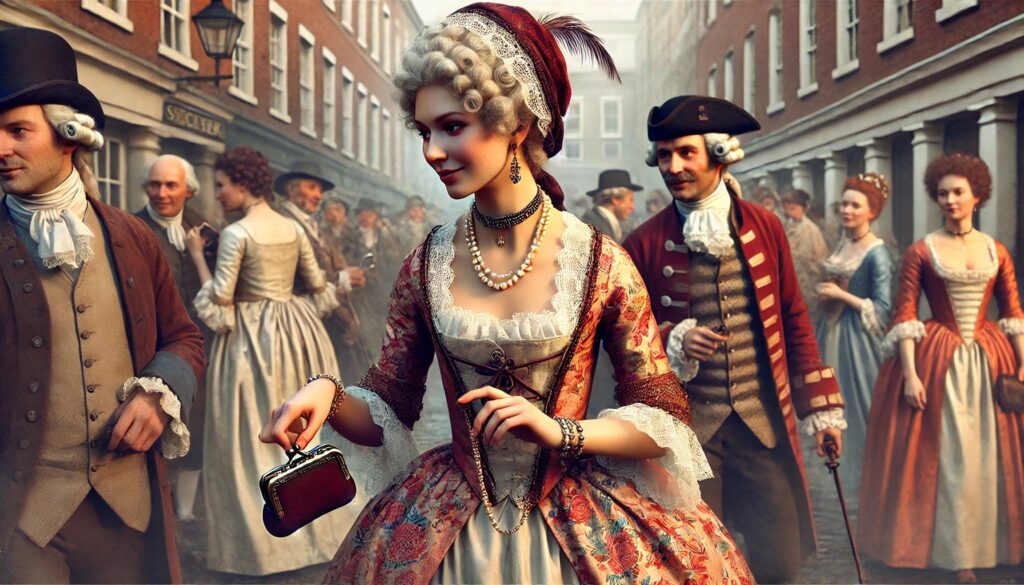
Her career eventually came to an end when she was caught in the act of pickpocketing and, coupled with previous crimes for which she had escaped harsh punishment, she was sentenced to death at Tyburn in 1741. Dressed in her best finery, Diver maintained her composure to the end, further adding to her legend as both an elegant lady and a calculating criminal mastermind.
The Fall of the Highwayman Era
By the late 18th century, the golden age of highway robbery was coming to an end. Several factors contributed to its decline:
- Increased Policing: The establishment of the Bow Street Runners in 1749, often regarded as London’s first police force, improved law enforcement.
- Road Advances: Better roads and the introduction of toll gates reduced the isolated areas where highwaymen could operate.
- Harsher Punishments: The government imposed severe penalties, including public executions at Tyburn, to deter criminals. By the late 18th century, highway robbery had become a rare crime.
The Romance of the Highwayman
Despite their criminal acts, highwaymen – and women – have been romanticized for centuries. This idealized image stems from their defiance of authority, their stylish personas, and their Robin Hood-like mythology of stealing from the rich. History has transformed figures like Dick Turpin into charming antiheroes, even when historical records suggest they were anything but.
For women like Mary Frith, Katherine Ferrers, and Jenny Diver, the fascination is even greater because they challenged not only the law but also the rigid constraints of their gender. They became figures of rebellion and admired for their audacity. And though they were criminals, they were unapologetic about who they were in a world that sought to limit them.
References:
Hollman, Gemma. (March 9, 2017). “Stand and Deliver, Your Money or Your Life.” Just History Posts. https://justhistoryposts.com/2017/03/09/stand-and-deliver-your-money-or-your-life-female-highwaymen-of-the-seventeenth-century/
McDonald, Fiona. (2020). Gentlemen Rogues & Wicked Ladies. The History Press.
N/A. (n.d.). “Katherine Ferrers.” Wikipedia. https://en.wikipedia.org/wiki/Katherine_Ferrers
Images:
- · “A photorealistic image of Jenny Diver, the infamous 18th-century pickpocket, dressed in elegant Georgian-era finery.” DALL·E https://chatgpt.com/
- “A photorealistic image of the famous 17th-century highwaywoman Katherine Ferrers.” DALL·E https://chatgpt.com/
- “A photorealistic portrait of Moll Cutpurse, a 17th-century English thief and cross-dressing figure.” DALL·E https://chatgpt.com/
- “Katherine Ferrers Portrait.” https://en.wikipedia.org/wiki/Katherine_Ferrers
- “Katherine Ferrers Wicked Lady Film Poster.” https://jamesmasonactor.blogspot.com/2015/06/the-wicked-lady-1945.html
- “Moll Cutpurse Woodcut.” https://the-history-girls.blogspot.com/2017/03/women-of-road.html
- “Pair of Flintlock Pistols 18th Century.” https://www.metmuseum.org/art/collection/search/33528
Further Reading:
Clements, Katherine. (March 11, 2017.). “Women of the Road: The Real Highwaywomen of the 17th Century.” This History Girls. https://the-history-girls.blogspot.com/2017/03/women-of-road.html
Jones, Richard. (n.d.). “The Legend of Dick Turpin: Stand and Deliver.” London Walking Tours.
https://www.london-walking-tours.co.uk/london-history/dick-turpin.htm
Lisa. (n.d.). “The Wicked Lady (1945).” James Mason Movie Actor.
https://jamesmasonactor.blogspot.com/2015/06/the-wicked-lady-1945.html
Further Viewing:
https://www.youtube.com/watch?v=8meYGnbWEt4
“The Wicked Lady is a 1945 British costume drama film directed by Leslie Arliss and starring Margaret Lockwood in the title role as a nobleman’s wife who becomes a highwaywoman for the excitement.”
https://www.youtube.com/watch?v=WYU-vSh7ORA
“Stand and Deliver! Find out about the notable highwayman Dick Turpin in this song in this cool Horrible Histories parody song!”

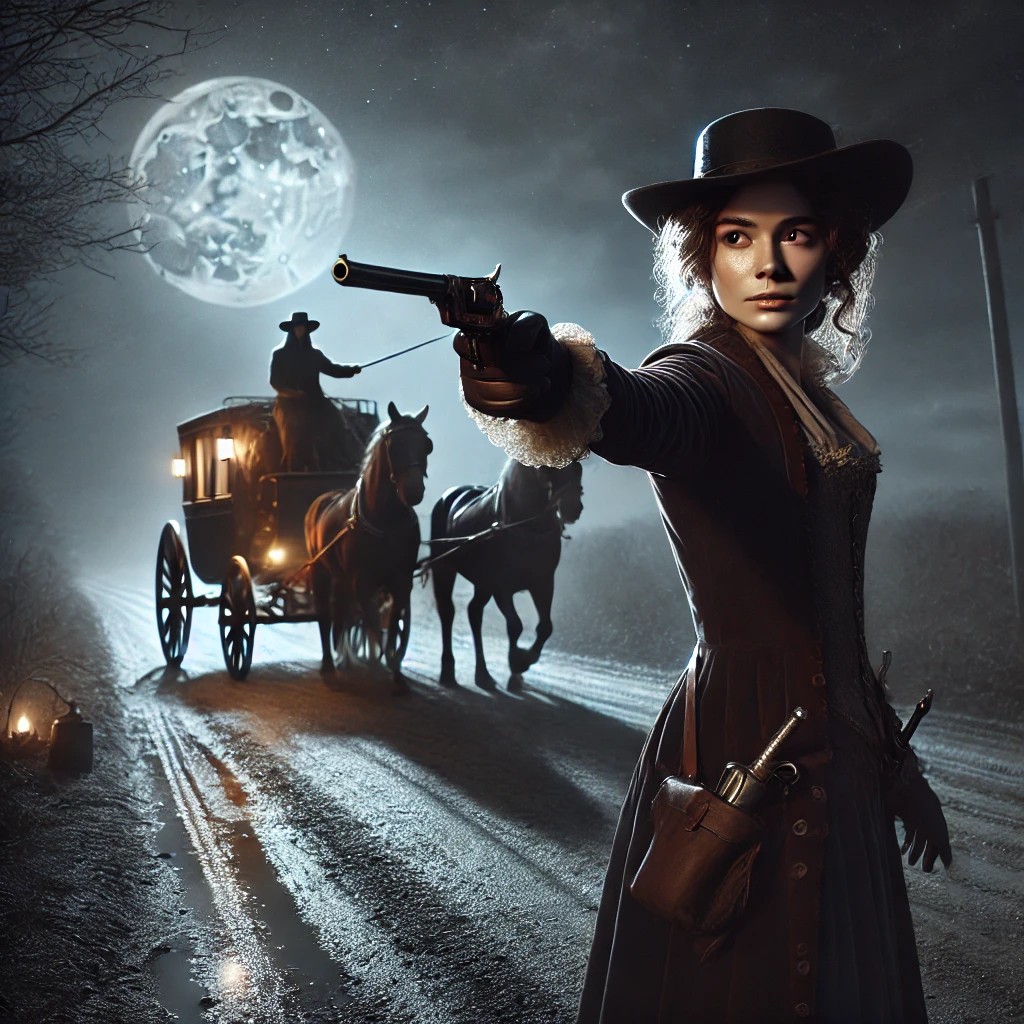
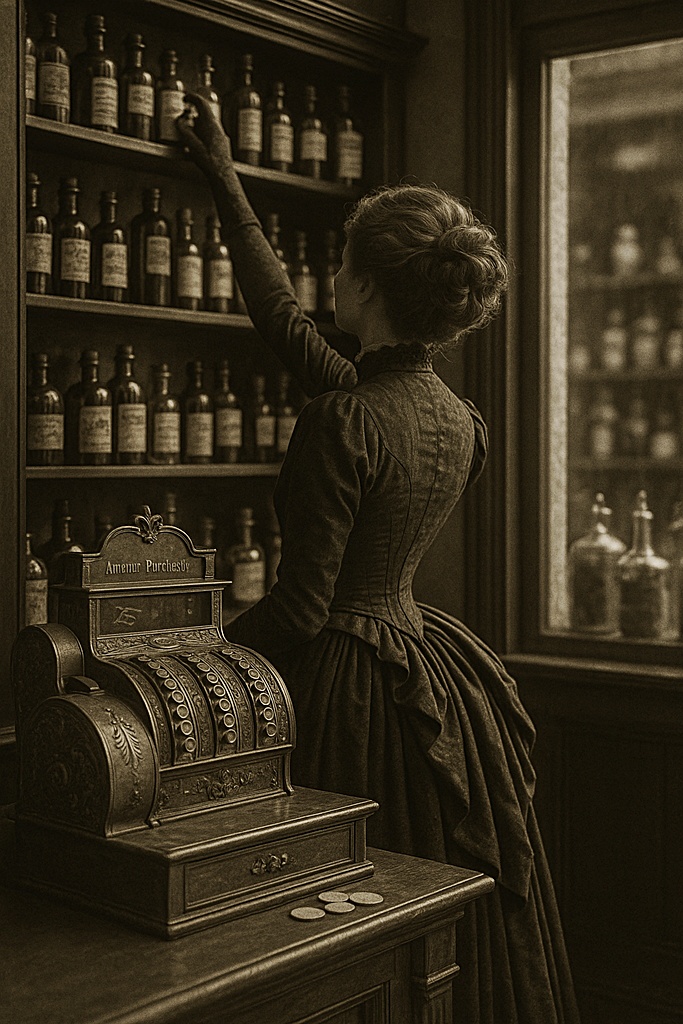
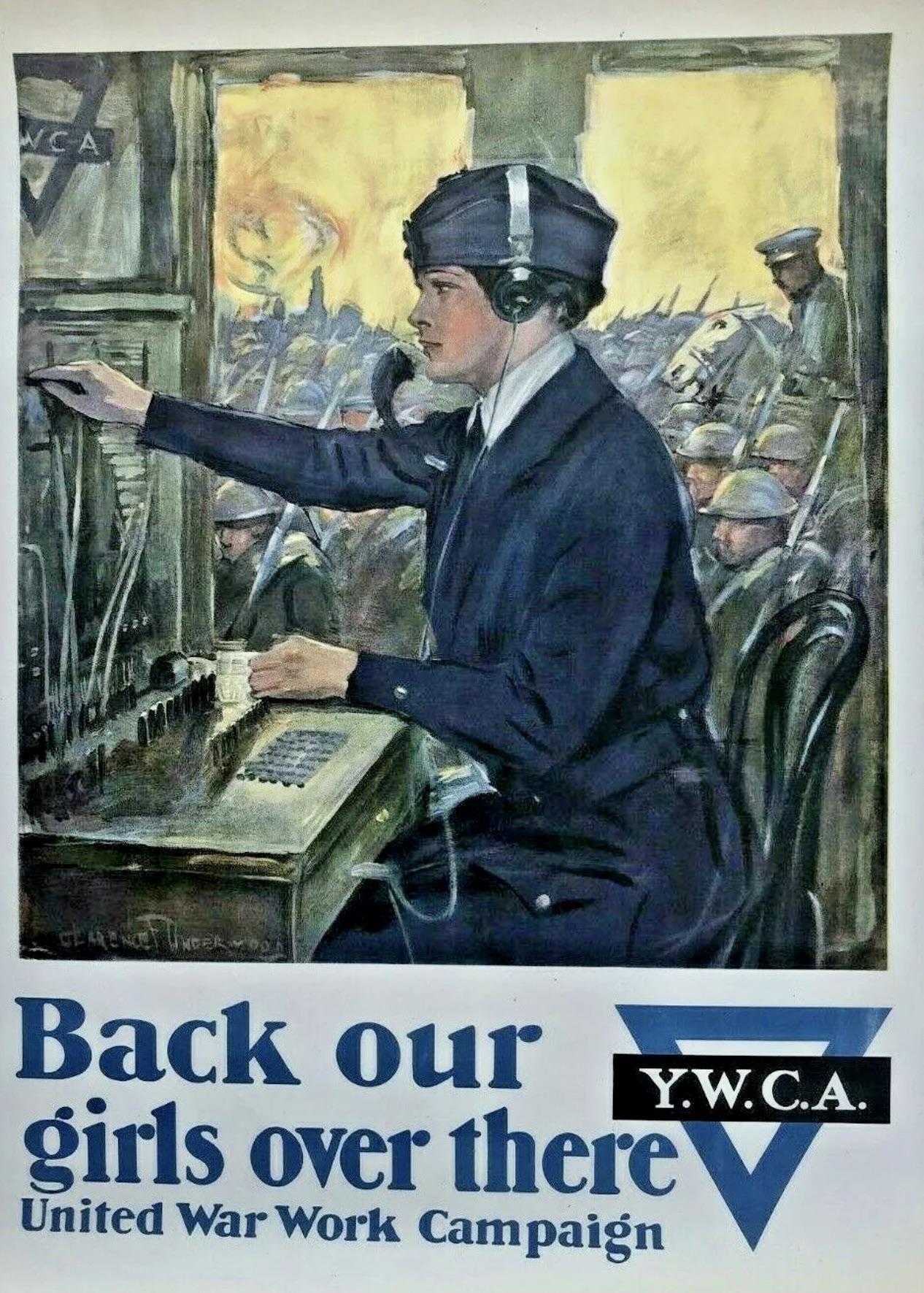
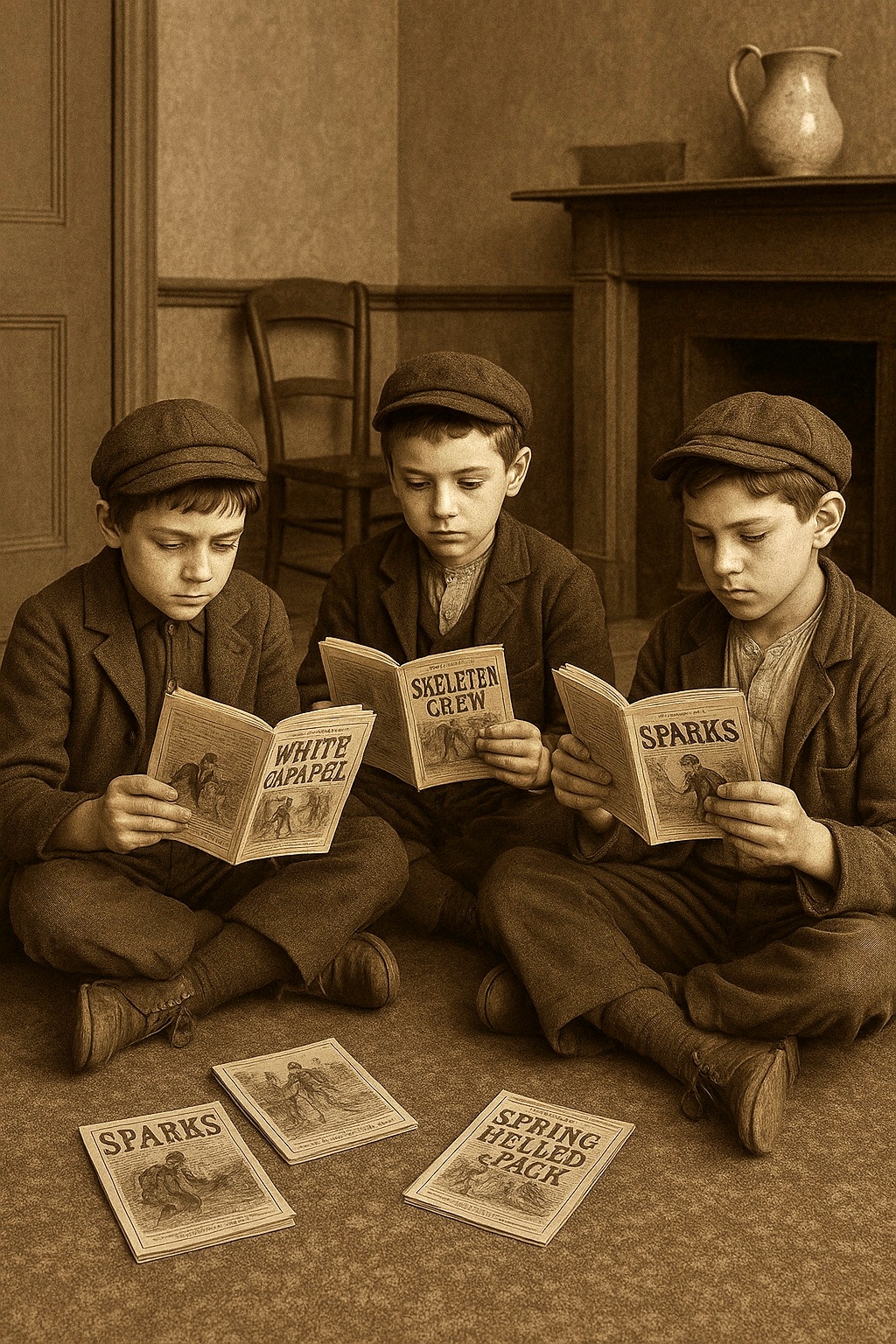
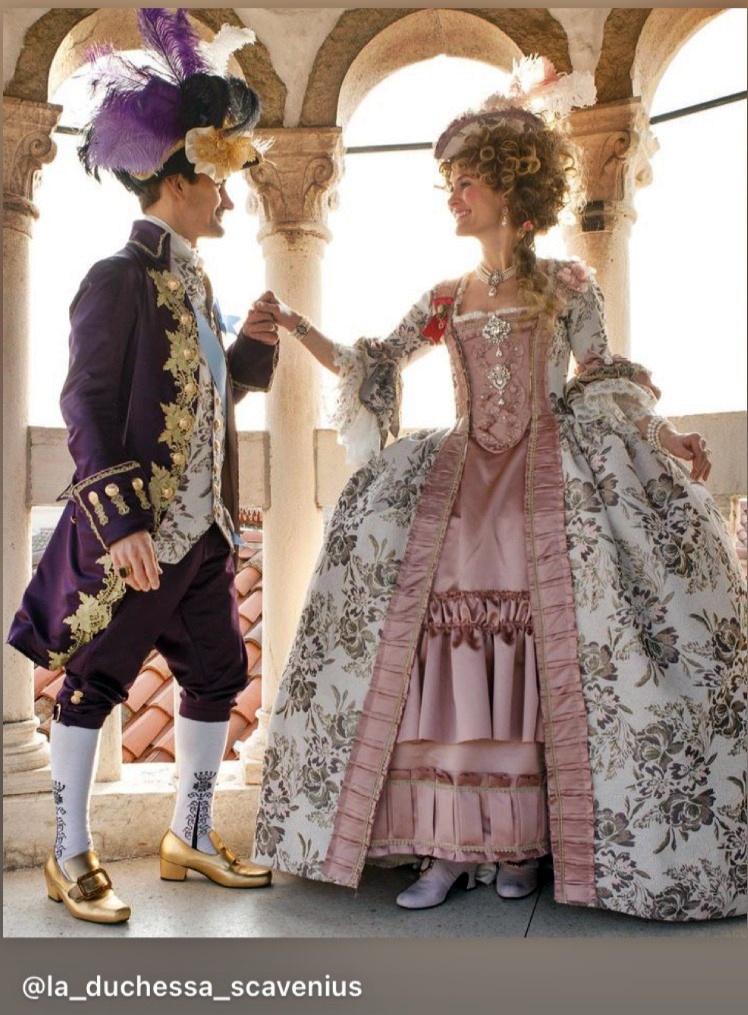
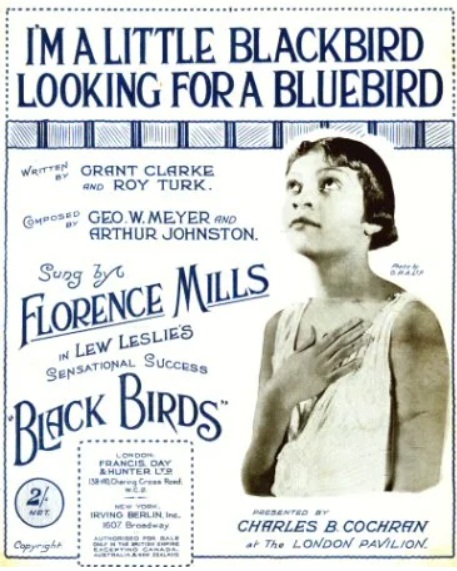


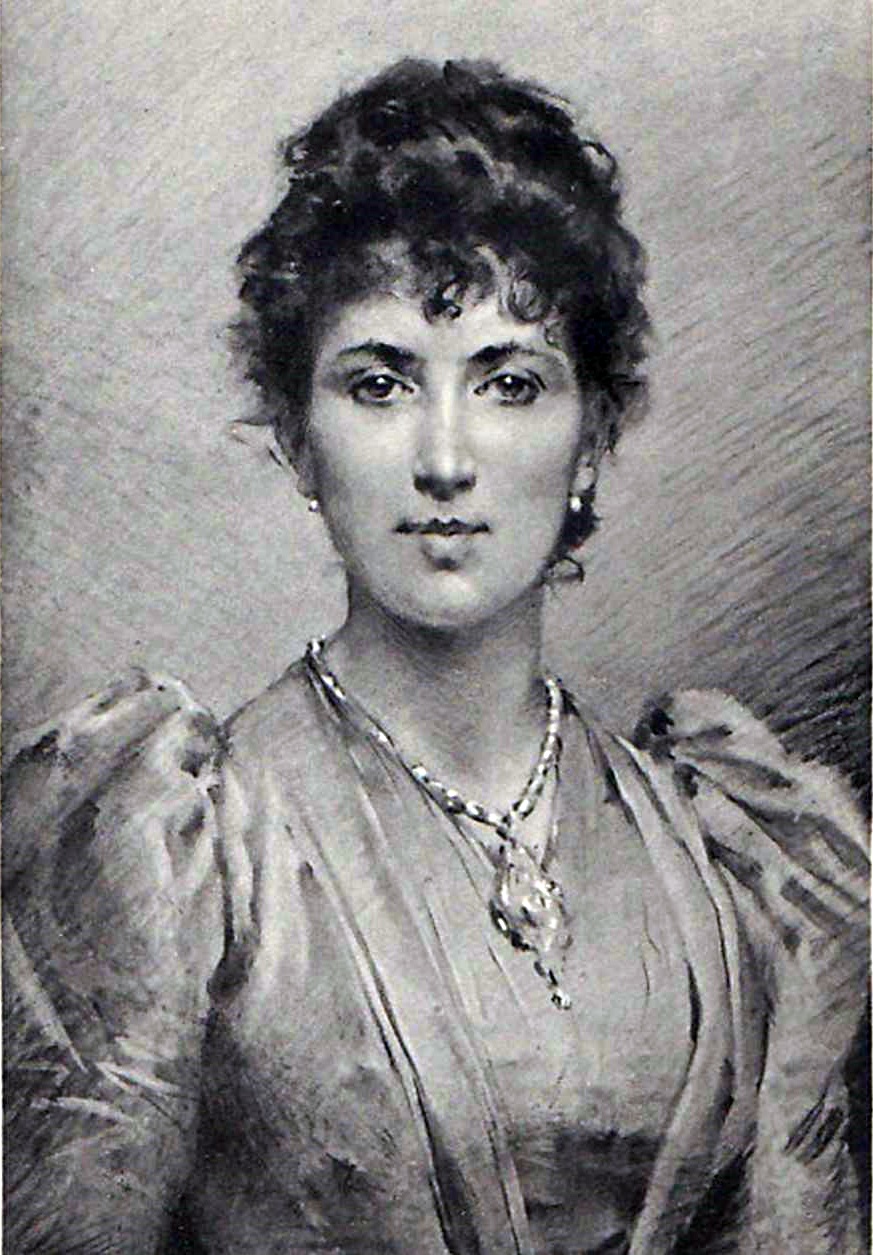
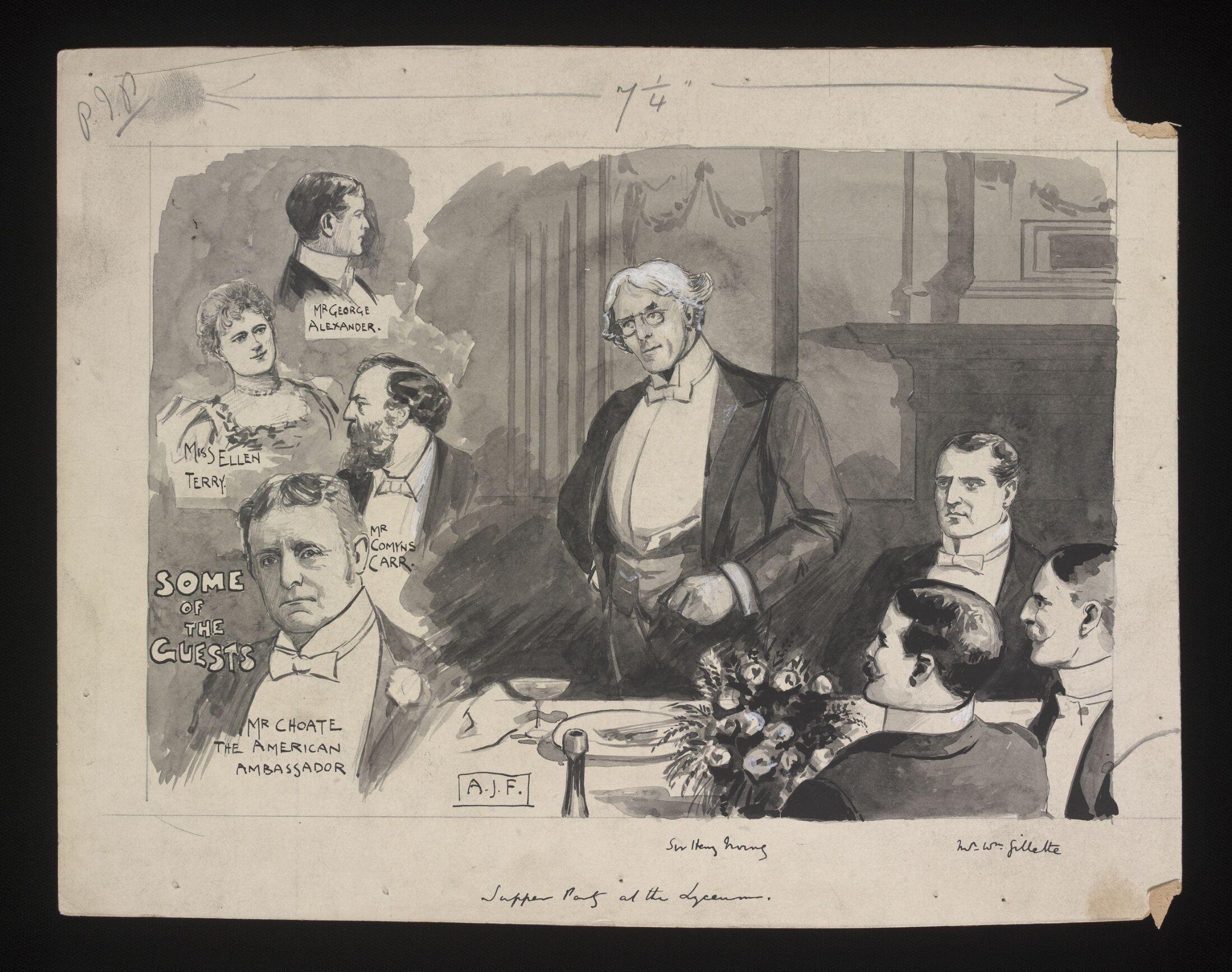
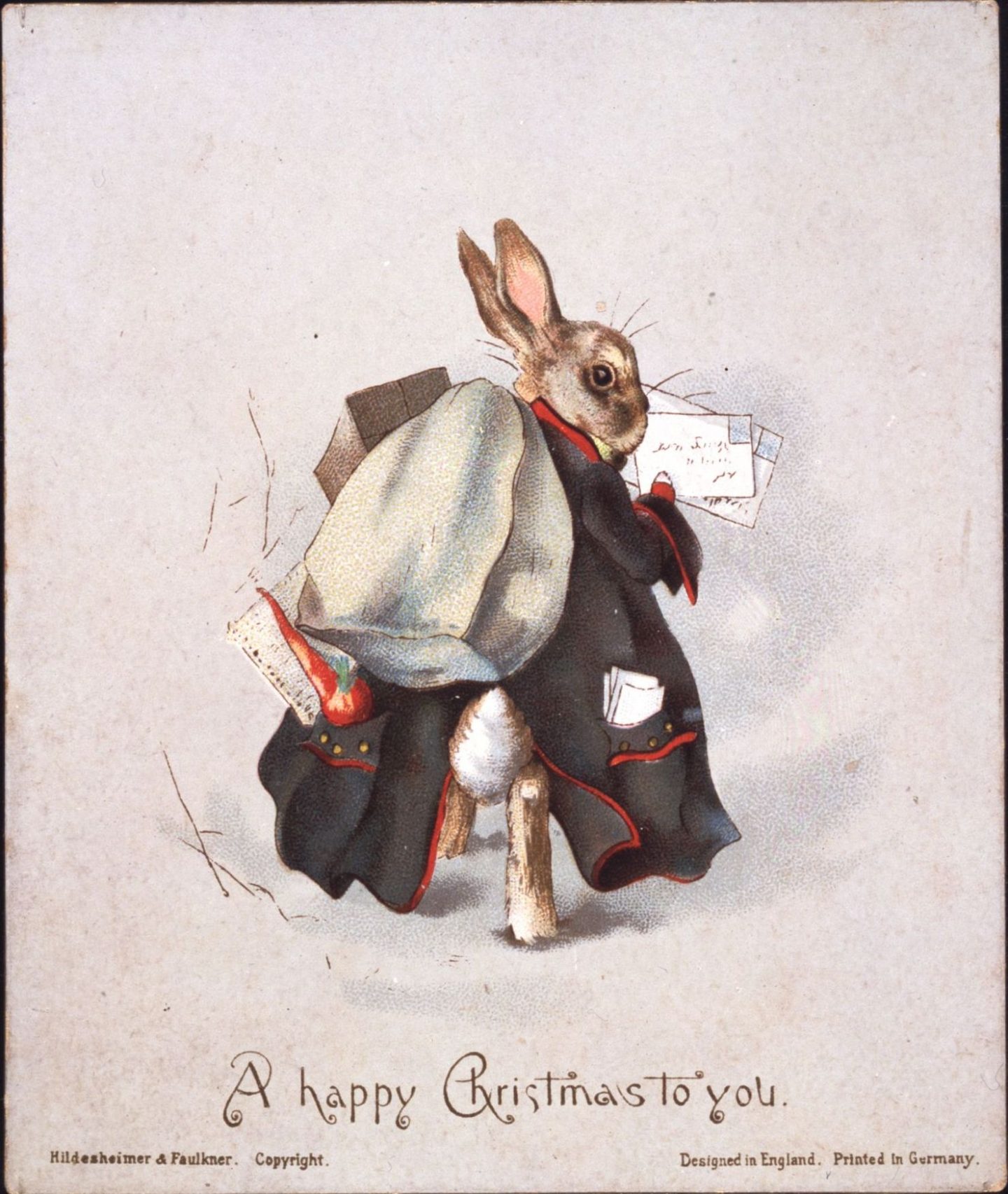
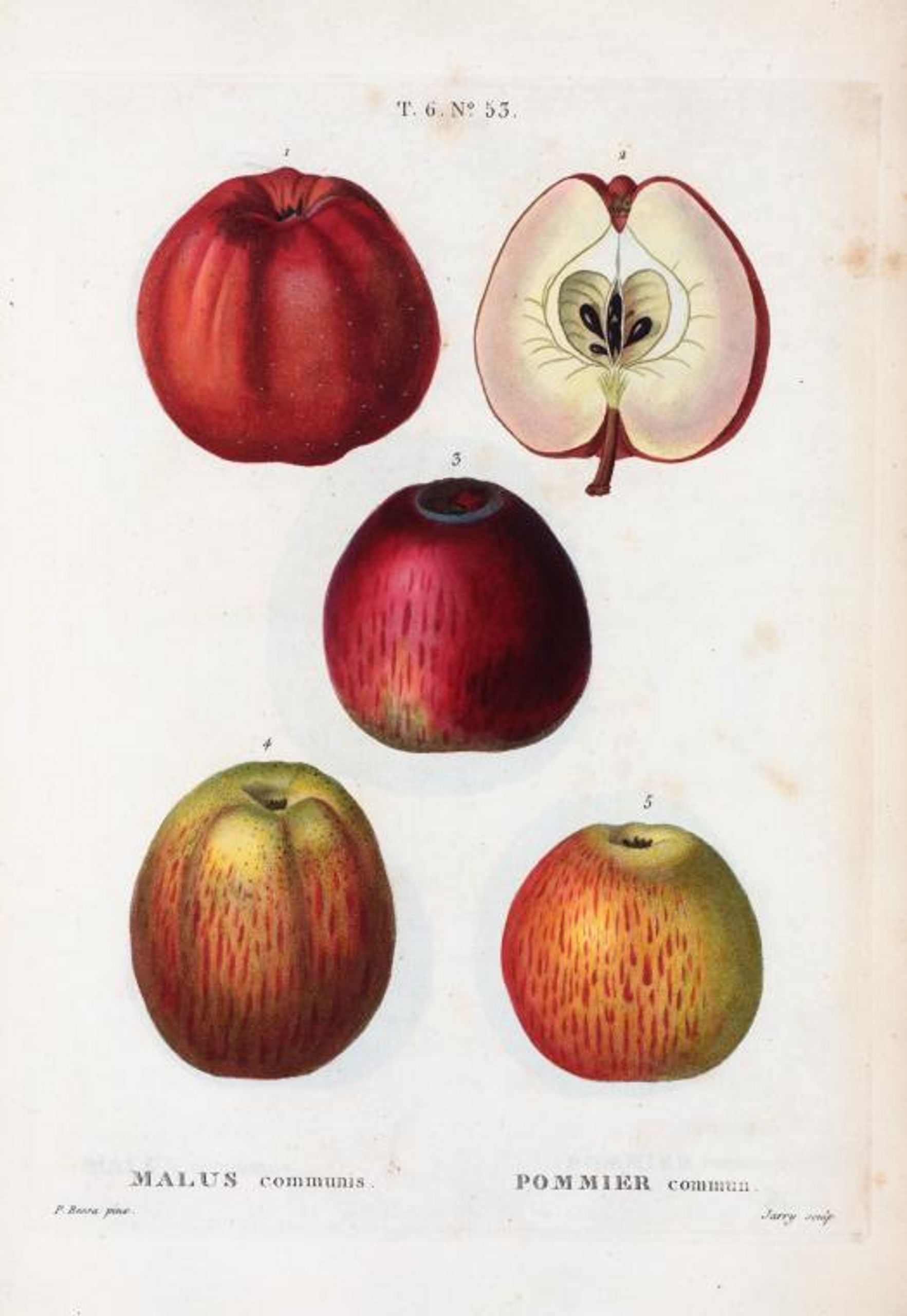
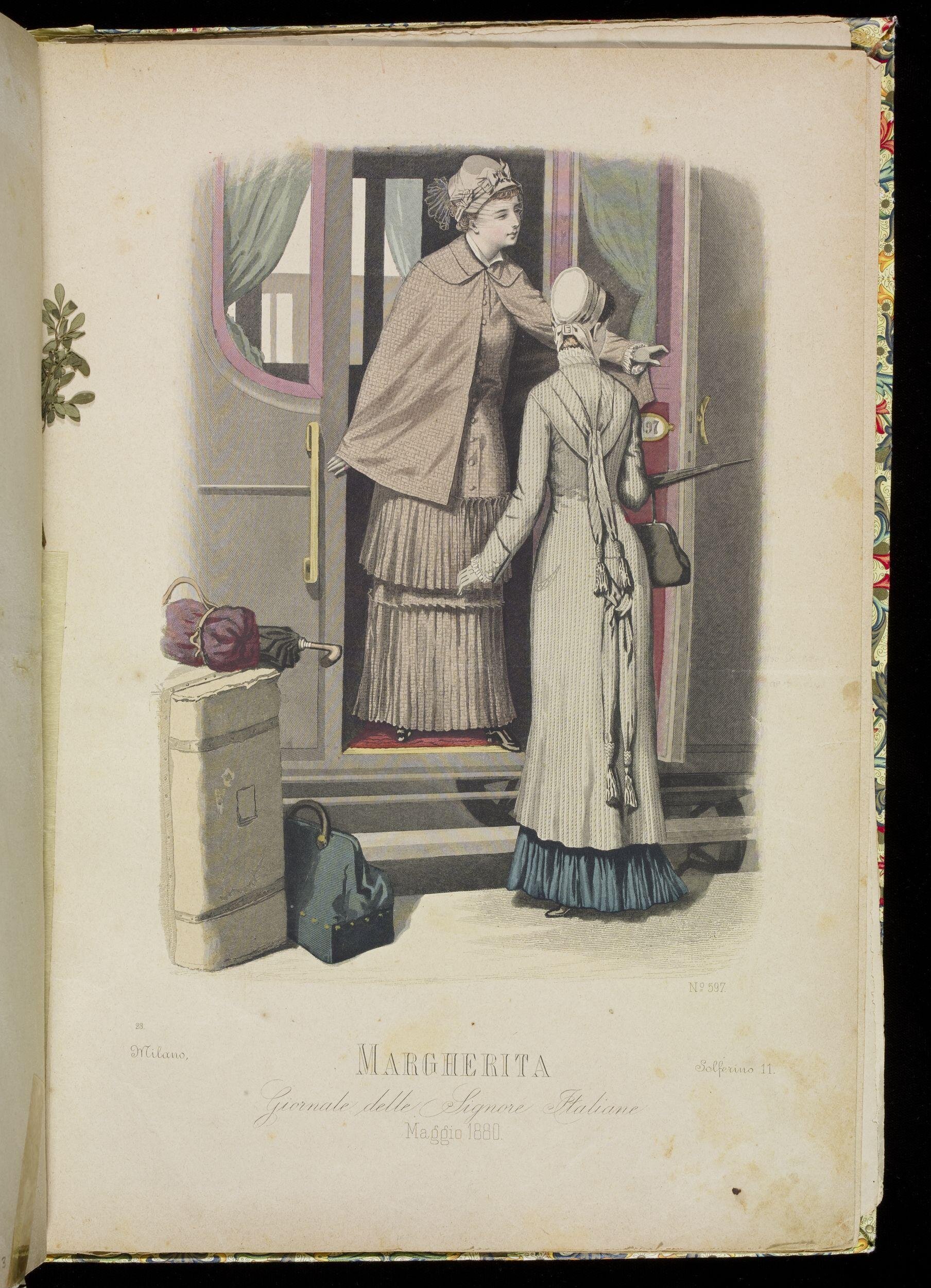
Thanks! Me, too!
Great piece! I think Moll and I would have been friends.